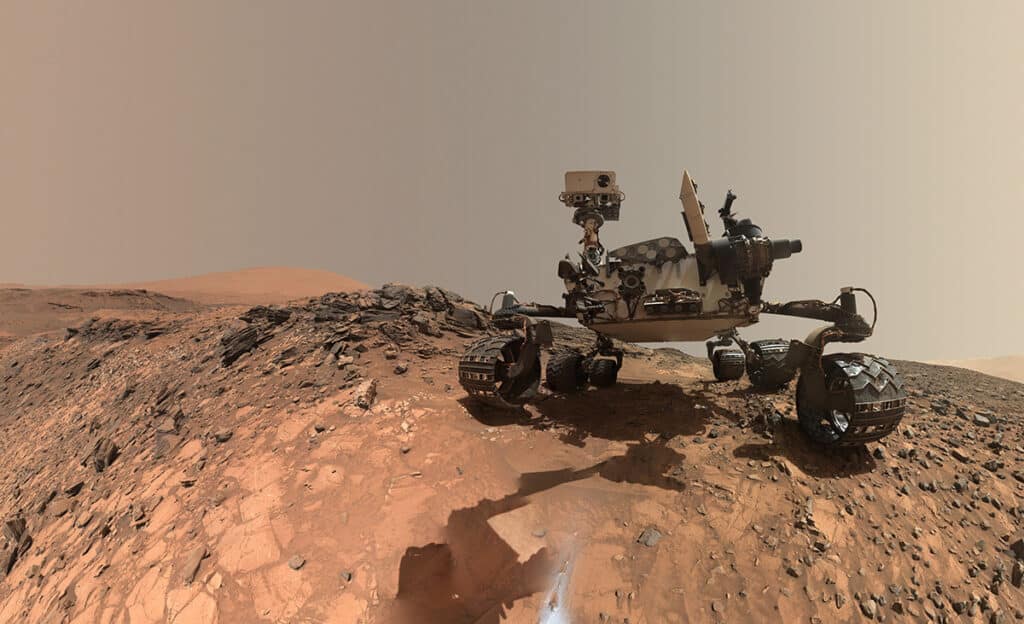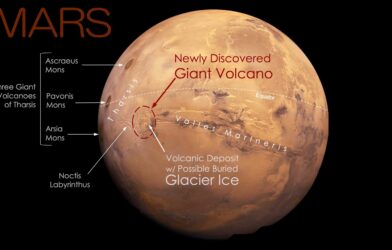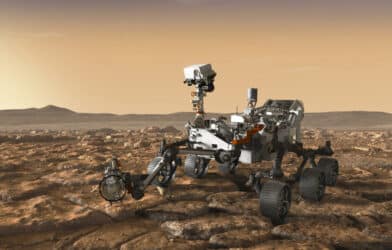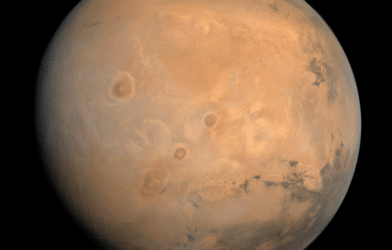Scientists are sharing a fascinating discovery into a rare mineral found on Mars. NASA’s Curiosity rover first found a mineral called tridymite in the Gale Crater in 2016 that left scientists stumped.
It wasn’t immediately known how a concentrated chunk of tridymite — a high-temperature, low-pressure form of quartz that is extremely rare on Earth — ended up in the crater.
The rover found evidence that Gale Crater was a lake as recently as 1 billion years ago.
“The discovery of tridymite in a mudstone in Gale Crater is one of the most surprising observations that the Curiosity rover has made in 10 years of exploring Mars,” says study co-author Kirsten Siebach, an assistant professor in Rice University’s Department of Earth, Environmental and Planetary Sciences and a mission specialist on NASA”s Curiosity team, in a media release. “Tridymite is usually associated with quartz-forming, explosive, evolved volcanic systems on Earth, but we found it in the bottom of an ancient lake on Mars, where most of the volcanoes are very primitive.”
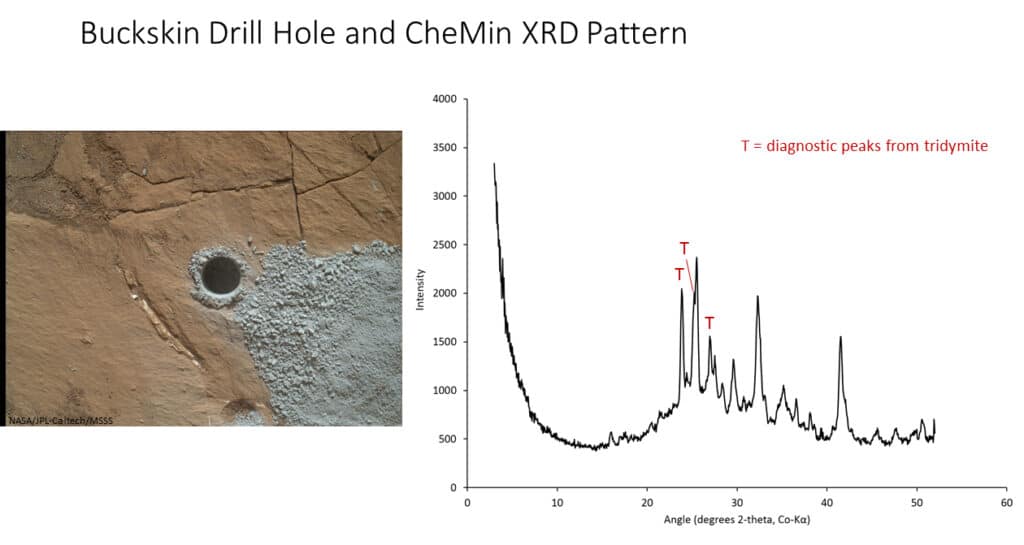
For the study, scientists examined data from every reported find of tridymite on Earth, reviewed volcanic materials from models of Mars volcanism and examined sedimentary evidence from the Gale Crater lake. Scientists concluded that magma sat for longer than usual in a chamber below a Mars volcano. It then underwent a partial cooling process of fractional crystallization that concentrated silicon. During a massive eruption, the volcano spewed ash containing the extra silicon in the form of tridymite into the Gale Crater lake and surrounding rivers. Researchers say water broke down the ash through natural processes of chemical weathering and also helped sort the minerals produced by weathering.
This scenario would have concentrated tridymite, study authors believe.
“It’s actually a straightforward evolution of other volcanic rocks we found in the crater,” explains Siebach. “We argue that because we only saw this mineral once, and it was highly concentrated in a single layer, the volcano probably erupted at the same time the lake was there. Although the specific sample we analyzed was not exclusively volcanic ash, it was ash that had been weathered and sorted by water.”
Scientists say if an eruption did occur when Gale Crater had a lake, it would mean explosive volcanism occurred more than 3 billion years ago. During this time, Mars was transitioning from a wetter and warmer world to the dry and barren planet it is currently.
“There’s ample evidence of basaltic volcanic eruptions on Mars, but this is a more evolved chemistry,” notes Siebach. “This work suggests that Mars may have a more complex and intriguing volcanic history than we would have imagined before Curiosity.”
The study is published in the journal Earth and Planetary Science Letters.
